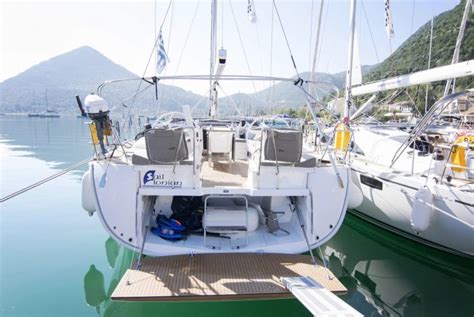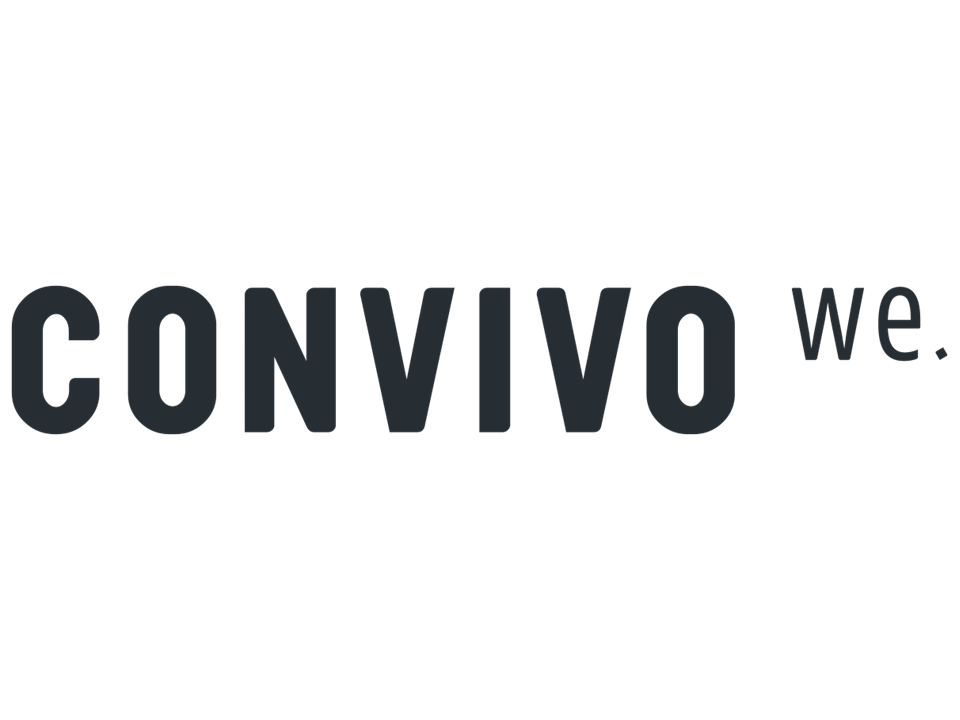Sailing through the Ionian Sea is a dream come true for many, with its crystal-clear waters, picturesque villages, and stunning landscapes. To ensure a smooth sailing experience in this Greek paradise, it’s essential to be well-prepared and knowledgeable about the local conditions. Here are 10 expert tips to help you navigate the Ionian Sea like a pro:
Understanding the Ionian Sea
The Ionian Sea, located in the western part of Greece, is known for its gentle winds and calm waters during the summer months, making it an ideal destination for sailors of all levels. However, it’s crucial to understand the local weather patterns, including the meltemi, a northerly wind that can pick up in the afternoon, and the sirocco, a southerly wind that can bring strong gusts and rough seas.
Preparing Your Yacht
Before setting sail, make sure your yacht is in excellent condition. This includes checking the hull, deck, and rigging for any damage or wear, as well as ensuring that all safety equipment is on board and functioning properly. Additionally, consider investing in a good chart plotter and GPS device to help navigate the Ionian Sea’s many islands and hidden coves.
Navigating Through the Islands
The Ionian Sea is home to a plethora of beautiful islands, each with its own unique charm and character. When navigating through the islands, be sure to keep a sharp eye out for unmarked rocks and reefs, and always use a reliable navigation chart to avoid getting lost. Some popular islands to visit include Corfu, Kefalonia, and Zakynthos, each offering a range of anchorages, beaches, and scenic hiking trails.
Choosing the Right Anchorages
With so many stunning anchorages to choose from, it can be difficult to decide where to drop anchor. Look for spots with good protection from the wind and waves, and always use a reliable anchor and sufficient rope to ensure a safe and secure anchorage. Some popular anchorages include the bay of Fiskardo on Kefalonia, the harbor of Gaios on Paxos, and the lagoon of Korission on Corfu.
Dealing with Moorings and Docking
In many of the Ionian Sea’s ports and harbors, you’ll need to use moorings or dock your yacht. Be sure to familiarize yourself with the local mooring procedures and always use a reliable mooring line to secure your yacht. When docking, take your time and use a spotter to help guide you into the berth, and always be prepared to adjust your lines and fenders as needed.
Provisioning and Fueling
Provisioning and fueling are essential aspects of any sailing trip, and the Ionian Sea has a range of options to suit all needs. Stock up on fresh produce, meat, and dairy products at the local markets, and always keep a reserve of bottled water and non-perishable snacks on board. For fueling, head to one of the many marinas or fuel docks, where you can fill up on diesel, gasoline, or water.
Safety First
Safety should always be your top priority when sailing, and the Ionian Sea is no exception. Always wear a life jacket when on deck, and make sure you have a reliable emergency position-indicating radio beacon (EPIRB) and a well-stocked first-aid kit on board. Additionally, be sure to follow all local regulations and guidelines, and always keep a weather eye open for any changes in the conditions.
Respecting the Local Environment
The Ionian Sea is a fragile and protected environment, and it’s essential to respect the local wildlife and ecosystems. Always dispose of your waste properly, and avoid anchoring in sensitive habitats or disturbing the marine life. Additionally, consider supporting local conservation efforts and reducing your carbon footprint by using environmentally friendly products and practices.
Learning from the Locals
One of the best ways to get the most out of your sailing trip is to learn from the locals. Talk to other sailors, fishermen, and islanders to get tips on the best anchorages, hidden coves, and secret spots, and always be respectful of their knowledge and expertise. You can also attend local sailing events and regattas, where you can meet other sailors and learn from their experiences.
Staying Flexible
Finally, it’s essential to stay flexible when sailing in the Ionian Sea. Be prepared for changes in the weather, and always have a backup plan in case of unexpected developments. Additionally, be open to new experiences and opportunities, and don’t be afraid to try new things or take the road less traveled.
For a truly unforgettable experience, consider sailing in the Ionian Sea during the spring or autumn, when the weather is mild and the crowds are smaller. This is also a great time to spot marine life, including dolphins, turtles, and monk seals.
FAQ Section
What is the best time of year to sail in the Ionian Sea?
+The best time to sail in the Ionian Sea is during the summer months, when the weather is warm and sunny, and the winds are gentle. However, for a more relaxed and peaceful experience, consider sailing in the spring or autumn, when the crowds are smaller and the temperatures are milder.
What are the most popular islands to visit in the Ionian Sea?
+Some of the most popular islands to visit in the Ionian Sea include Corfu, Kefalonia, Zakynthos, and Paxos. Each island has its own unique charm and character, with stunning beaches, picturesque villages, and a range of outdoor activities to enjoy.
What safety equipment should I have on board when sailing in the Ionian Sea?
+When sailing in the Ionian Sea, it's essential to have a range of safety equipment on board, including life jackets, flares, a first-aid kit, and a reliable emergency position-indicating radio beacon (EPIRB). You should also have a well-stocked toolbox and a spare set of keys, in case of emergencies.
By following these expert tips and guidelines, you’ll be well on your way to a smooth and enjoyable sailing experience in the Ionian Sea. With its crystal-clear waters, stunning landscapes, and rich cultural heritage, this Greek paradise is the perfect destination for sailors of all levels. So why wait? Set sail for the Ionian Sea today and discover the ultimate sailing adventure!



